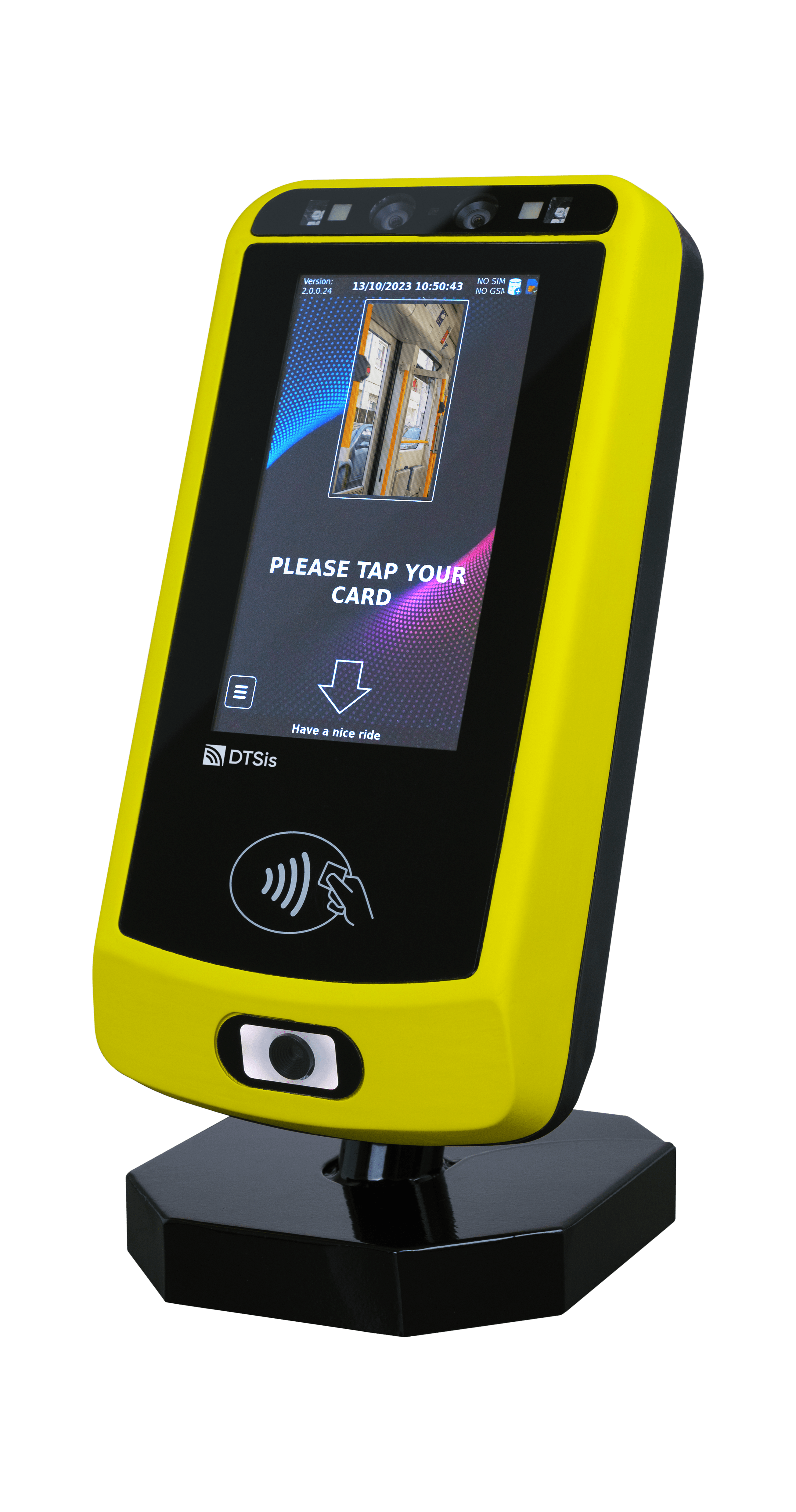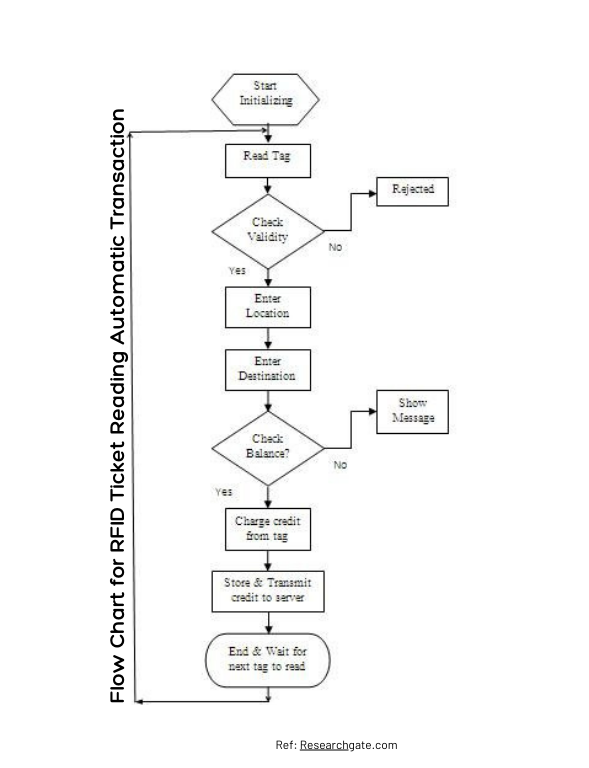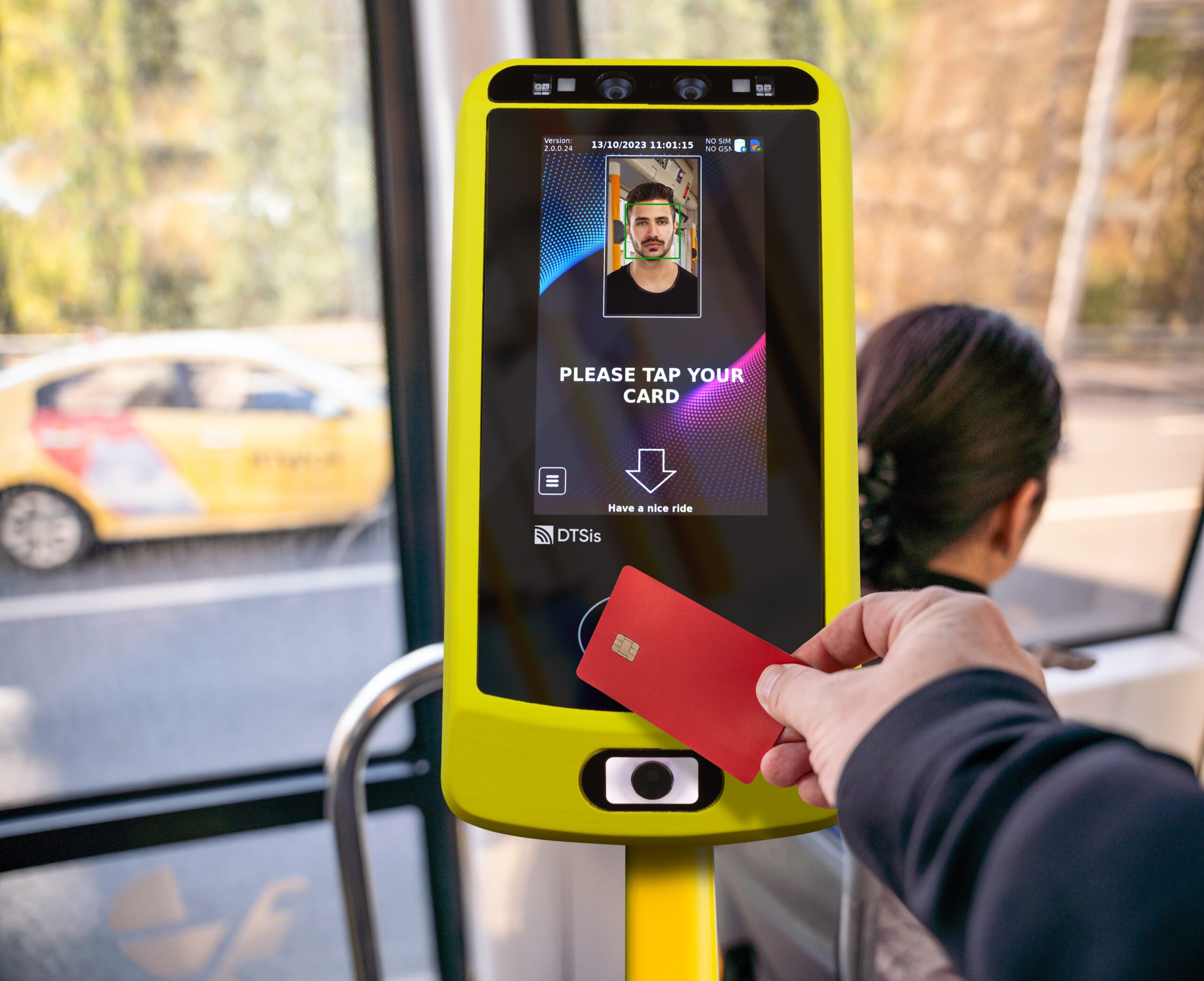Contactless Ticketing Systems in Public Transit leverage a range of technologies to simplify fare collection and enhance passenger convenience. By utilizing methods such as RFID, NFC, or mobile apps, passengers can quickly pay their fares without needing physical tickets. This not only speeds up boarding times but also reduces the need for cash transactions, making the process more efficient for both passengers and operators.
But how Contactless Ticketing Works?
Contactless ticketing systems in public transportation work by allowing passengers to pay for their fares quickly and conveniently without the need for cash or physical tickets. Instead, passengers can simply tap their contactless payment card, mobile device, or smart card on a card reader as they board the bus, train, or tram. This streamlined process not only saves time for passengers but also reduces the need for paper tickets, making it a more environmentally friendly option.
Types of Contactless Payment Methods
Smart Cards: Passengers use dedicated smart cards that are preloaded with funds. They simply tap their card on a reader to validate their fare.
Mobile Payment Apps: Commuters can use mobile apps (like Apple Pay or Google Pay) to store their tickets digitally. Upon boarding, they scan a QR code or tap their phone on a reader.
EMV Payments: Passengers can use their contactless debit or credit cards directly to pay for fares, eliminating the need for a separate transit card
QR Codes: In some systems, users can scan QR codes with their smartphones to pay for their fare.
Account-Based Fare CollectionPassengers create an account linked to their chosen payment method (smart card, mobile app, or bank card). This account stores their fare balance and transaction history.
Biometric Payments: Though less common, some transport systems are exploring biometric options such as fingerprint or facial recognition for contactless fare payments.
Here’s a simplified flow of how a contactless ticketing system operates:
Pre-Purchase or Account Setup: Passengers load funds onto their smart card or mobile app, or link their bank card to their transit account.
Boarding Upon arriving at a transit vehicle or station, passengers tap their card or mobile device on the fare reader.The reader detects the card or mobile payment and validates the fare based on the account balance.
Fare Calculation The system automatically calculates the fare based on the passenger’s journey, applying any discounts or fare capping if applicable.
Data Collection The system collects data on passenger boarding and alighting, which helps transit authorities analyze ridership patterns and optimize services.
End of Journey At the end of the journey, the fare is deducted from the passenger’s account, and they can view their transaction history through the mobile app or online portal.




























